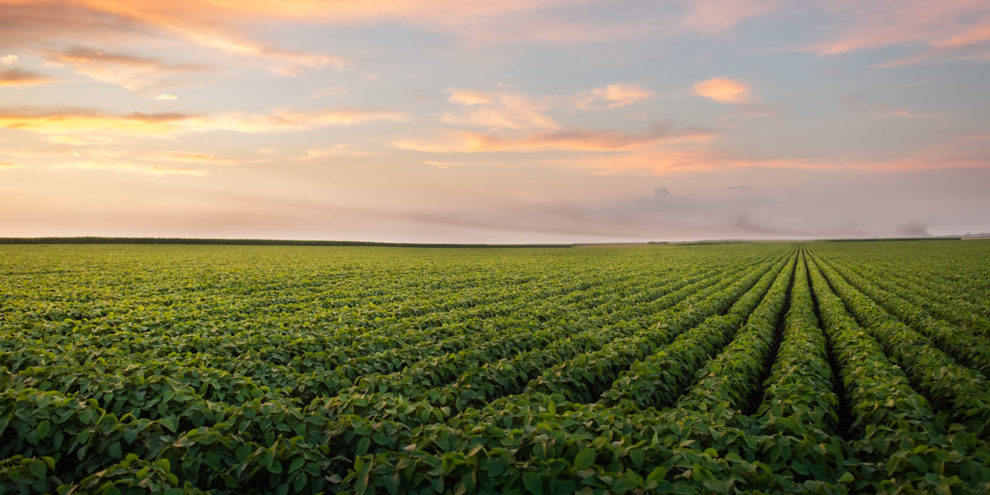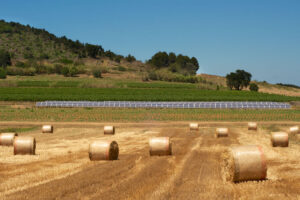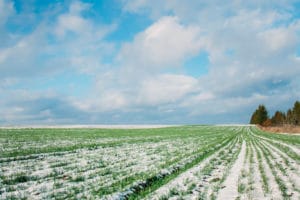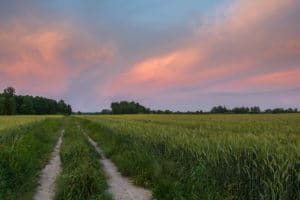Any American who has visited a grocery store in the past month has witnessed empty produce and meat shelves — not to mention toilet paper! For now, those shelves are able to be restocked as the supply chain catches up to panicked consumer behavior. However, the longer government-induced shutdowns persist, the higher likelihood that America’s food supply could face more severe disruptions. Food security relates to the availability of food and the ability of people to access it, either physically or financially. America’s food security is dependent on a complex global network of agriculture producers, distributors, transportation providers, and consumer-facing retailers of various sorts. The COVID crisis is causing Americans to take a look at the fragility of our food system and how agriculture can evolve to make it more resilient.
Consumers Want Comfort & Affordability
Prior to the pandemic, American diets had become increasingly fragmented and specialized. Now, consumers are looking for quality, value, and convenience in their food purchases. One of the challenges of the pandemic is the uncertainty it has created both in consumer behavior and in the response of food supply chains. Shipping costs have escalated rapidly, which will drive higher cost consumer staples. Foreign livestock imports have been disrupted and processing facilities have temporarily closed, raising the price of domestically produced beef. Price increases could also be magnified by hyperinflation caused by the massive amounts of government stimulus.
Additionally, demand for organic, natural foods will likely decline because consumers won’t be looking for premium products right now. Many of these products are produced outside the United States and those supply chains remain at risk.
Consumers in urban areas may begin to think more about living in COVID “hotspots” and consider the advantages of moving out of the city. Remote work will become more of a norm as some people begin searching land for sale and moving to rural communities where they can still work their “city jobs,” but be closer in touch with agricultural producers.
A Changing Farm Investing Landscape
Commodities that were in a price slump prior to COVID have been hit particularly hard and many of them are plowing over freshly planted fields rather than face losses at harvest time. Farmers in corn and soy are suffering, though wheat futures have experienced a boom due to the renaissance in bread making as people have more time at home to bake.
On the other hand, indoor agriculture will likely see a boom in investments. A significant majority of the leafy greens and other vegetables consumed in the United States are produced in California due to the state’s nearly perfect year round growing climate and access to migrant labor. Indoor and locally grown produce will increase in demand due to safety, availability, and affordability. Shifting vegetable production away from concentrated areas to meet consumer needs will happen through investments in controlled environment agriculture, allowing food to be grown sustainably in harsher climates.
Plant-based meats have been extremely popular the past couple of years with institutional investors, and have shifted large tracts of farmland into growing pulses and other components that make up the numerous ingredients that go into products like the Impossible Burger. These crops and additives are produced from a large number of geographically dispersed farms and factories and are susceptible to supply chain disruptions. Despite temporary closures to livestock processing plants, simpler sources of animal-based protein are more reliable in times of crisis. Investments in smaller, geographically-dispersed processing facilities will be necessary to build a more robust livestock distribution network.
New investments into regenerative farmland for sale, as well as local and sustainable agriculture, will be needed to shift America’s production to accommodate supply chain shocks, while keeping food secure and affordable for everyone.
This content may not be used or reproduced in any manner whatsoever, in part or in whole, without written permission of LANDTHINK. Use of this content without permission is a violation of federal copyright law. The articles, posts, comments, opinions and information provided by LANDTHINK are for informational and research purposes only and DOES NOT substitute or coincide with the advice of an attorney, accountant, real estate broker or any other licensed real estate professional. LANDTHINK strongly advises visitors and readers to seek their own professional guidance and advice related to buying, investing in or selling real estate.










I was born and raised on Farms in Sullivan and Linn County.Familys’ farms overlapped into both counties. My ancestors were some of the original settlers of the area (circa 1830 , Baker/ Coffman, Carmack, Stufflebean. I am searching for the best deal that I can have in place when I make my move it will be within a one week period anytime after the election. Probably several thousand acres of title free farmland. I do not intended to sell but rather build a cattle and horse operation for private use. Preferably the Old North Salem Area North to the area of Baker Church and from Big yellow Creek to little yellow Creek. I now have the present list of property for sale and will not tolerate any gouging. I am a active contributor to both Political Parties and will still be active behind the scenes. I have from reliable sources that you are to be trusted . Please forward your expected commissions and other charges I may have missed. Please respond with any suggestions in regards to anything I may have missed. At the moment travel is restricted in Virginia and I do not care to travel much at this time I realize this will be a patchwork purchasing operation but I would like to know what is available. I have not even alerted my relatives of the upcoming project. For the foreseeable future this very solid collateral. We are projecting approximately $30 to $40 million investment and will need a local agent. Not sure where we will open a office for this time next year.